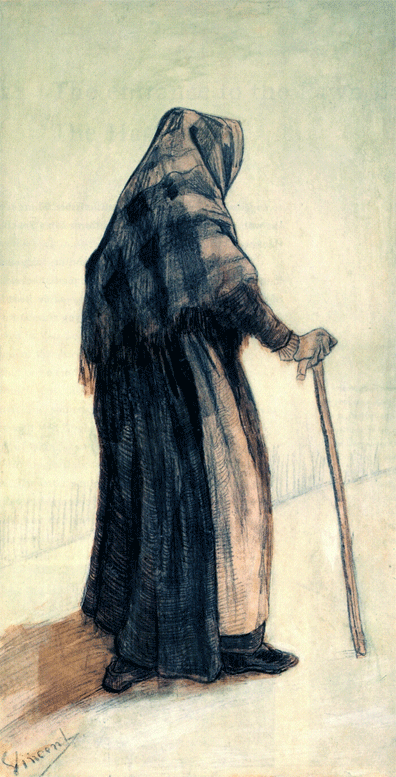Award-winning Kenyan musician Tetu Shani has been trying to find new grooves in the time of COVID-19.
Mr. Shani who is known for his upbeat blend of indie rock, Afro-pop and folkloric rhythms, was hit hard when the coronavirus pandemic decimated his live performance income stream.
The COVID-19 crisis also had an impact on his creativity, his agent says.
“It’s very hard to be creative when experiencing such pressures on income. Frustration affects production and Tetu started to create music for himself rather than for an audience,” says Silalei Shani.
In April the rising star released a music video of his latest lockdown tune, “Always Feelin’ This Groove”.
Since then, he, like many other artists, musicians, actors, and performers have had to find new ways to supplement their income. But how?
The Kenyan government released a $1 million stimulus package dedicated to local artists, including musicians. But this is not enough, some say, wanting the government to have a longer-term plan in place.
A recent survey conducted by the HEVA Fund, Africa’s first dedicated finance, business support and knowledge facility for creative industries, underscored the financial impact of COVID-19 on creative businesses in Kenya.
In the survey, 58% of the respondents estimated their income losses to be “severe” and an additional 26% “moderate to severe”.
This is a blow to Kenya’s emerging creative industries, which, according to the latest available data from 2013, exports creative goods to the value of at $40.9 million and imports $195 million worth of creative goods, the latest UNCTAD Creative Economy Outlook outlines.
Artists are flocking to both well-known and emerging platforms to eke out a living.
As the COVID-19 crisis deepens, the artists are flocking to both well-known and emerging platforms to eke out a living. And while digital solutions cannot replace the value and beauty of a live show, they are helping the artists survive.
This trend is giving fresh impetus to e-commerce channels and platforms for creatives. It has led the government to request UNCTAD, the UN agency for trade and development, to help address key e-commerce gaps limiting the uptake of digital solutions.
“COVID19 has seen many creatives turn to digital platforms and technologies to connect with audiences and consumers. They are also looking for ways to monetize the technology,” says Marisa Henderson, UNCTAD’s head for the creative economy program.
“Given the important role of the digital creative services for creative industries, it’s crucial that countries ready themselves for the ‘new normal’ and adopt digital strategies in line with their development needs.”
An e-commerce policy solution
Kenya was among the top five African performers in the UNCTAD B2C e-commerce index 2019. The country’s 2019 Digital Economy Blueprint outlines the government’s commitment to using disruptive technology to help it leapfrog.
To turn the blueprint into action, the Communications Authority of Kenya requested UNCTAD to help it formulate a national e-commerce strategy. This will include an action plan with recommendations for targeted policy interventions.
“More needs to be done to allow home-grown digital platforms in Africa to stay profitable and for the digital economy to become inclusive and sustainable. Kenya has made significant progress in building a digital ecosystem,” says Shamika N. Sirimanne, UNCTAD’s technology and logistics director.
“The COVID-19 crisis has encouraged the creative industry to make full use of the potential offered by digital platforms to market and sell creative content online via e-commerce,” she adds.
The uptake of digital platforms has unveiled underlying challenges in the creative industry sector.
But the uptake of digital platforms has unveiled underlying challenges in the creative industry sector in Kenya, according to businesses surveyed by UNCTAD.
These include the collection of fees and royalties for artists, various copyright and intellectual property challenges, privacy and personal data protection rules, illegal downloads, piracy, and counterfeiting. Added to this is the limited scalability of locally developed digital products.
Artists’ lives deeply affected by the pandemic
Atemi Oyungu, a popular Kenyan singer and songwriter well known for her Afro-soul productions, was stranded in the United States as global lockdowns came into force and prevented her return to Kenya.
“I’ve been living on my own resources and have not been able to generate an income without a keyboard,” she said.
“I’ve also been missing collaboration with fellow musicians who’ve returned to their villages where internet connectivity is weak. We also face other constraints, like the time difference, so I haven’t been able to create and perform,” she added.
She also highlighted the toll of COVID-19 on creativity. “It’s a tough period for live musicians who cannot benefit from real shows and interactions with fans to get inspired.”
Digital platforms useful for survival, but scaling is key
For both Ms. Oyungu and Mr. Shani, a revamped presence on social media has been critical for keeping them afloat.
Mr. Shani embraced digital platforms to turn what would have been live performance income into digital income. He has been using livestreaming platform DundaLive.
DundaLive allows e-payments for streamed content and a tip line, using the popular M-Pesa mobile money solution and PayPal for followers outside Kenya.
Livestreaming has merit, but it is not without challenges. “It’s difficult to get attention because of the oversaturation in the market, marked by a significant rise in live performers moving online,” Mr. Shani said. “Electricity and internet connectivity issues can also frustrate the streaming experience.”
Other platforms have also been helping Kenyan musicians.
Revenue streams generated by music aggregators, such as YouTube or Spotify, and in particular the Kenyan platform Mdundo, have helped mitigate pandemic-related losses, through the download of artists’ music tunes and ringtones for mobile phones.
Mdundo, which is expanding its presence in 15 African countries, featuring more than 60,000 African artists, reaches more than 5 million active users, 22% of whom are from Kenya.
“Music downloads have been rising steadily with a 26% uptick in 2020’s second quarter on the first quarter’s 33 million downloads,” said Wanjiku Koinange, Mdundo’s chief operating officer, who added that COVID-19 was also changing the way creative content is being produced.
Artists relying on digital platforms for income during the crisis have become more productive, she said. But profitability for both African producers and the platforms requires time and scale.
UNCTAD’s 2019 Digital Economy Report found that in many developing countries, digital entrepreneurs face various barriers to scaling their activities, especially as global digital platforms dominate most product categories.
“A national e-commerce strategy will help identify solutions that can help the Kenyan creative industries and those beyond, using e-commerce as a new tool for income generation,” Ms. Sirimanne said.











